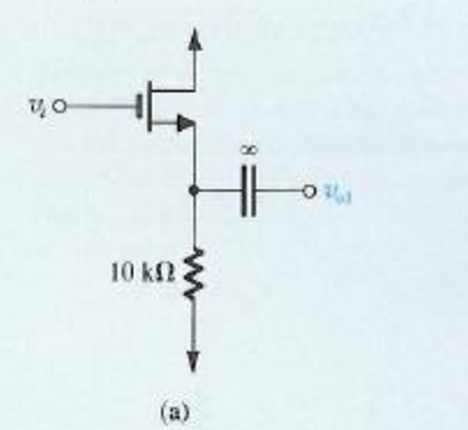

These regions are etched away mutually with the underlying Sio2 so that the wafer’s surface is exposed within the window defined through the mask. Now the surface is coated through a photoresist on the thick Sio2 layer.Īfterward, this layer is exposed to UV light with a mask that describes those regions into which diffusion is to occur jointly with transistor channels. So, a logical one value is generated for the gate.Ī thin silicon wafer layer is changed into P-type material by simply doping with Boron material.Ī thick Sio2 layer is grown on a complete p-type substrate We know that the nMOS transistor won’t invert the input value, thus it takes the zero value as it is and it will make an open circuit to the drain. So this will generate a logic ‘1’ value if the connection toward the drain (GND) is also closed. thus, the connection toward the source is stopped. Once the input value ‘0’ reaches the pMOS transistor, then it is inverted into ‘1’. When the input is zero, then it goes to the pMOS transistor on top & down to the nMOS transistor at the bottom. If the input is ‘0’, the inverted output will be ‘1’. The NOT gate is one type of logic gate that generates an inverted input as an output. So circuit will be our first CMOS transistor example. In order to design a NOT gate, we need to combine pMOS & nMOS transistors by connecting a pMOS transistor to the source & an nMOS transistor to the ground. The NOT gate design using PMOS and NMOS transistors is shown below. If the gate terminal is grounded then no current flows in the reverse-biased junction so the transistor will be turned OFF. This will create a conducting lane from the source terminal to the drain by allowing the flow of current, so the transistor will be turned ON. Once the voltage is high enough, then electrons wind up filling all the holes & a thin region below the gate known as the channel will get inverted to perform as an n-type semiconductor.
Nmos transistor typical length free#
If the voltage at the gate terminal is increased, an electric field will start to increase and attracts free electrons to the base of the Si-SiO2 interface. In this transistor, since the body of the transistor is grounded, the PN junctions of the source & drain toward the body are reverse-biased. This transistor has a controlling gate that controls the electron flow between the source & drain terminals. Generally, an NMOS transistor is simply built with a p-type body by two n-type semiconductor regions which are adjacent to the gate known as the source & the drain. Similarly, when this transistor receives a voltage at approximately 0V then it forms an open circuit which means the connection from the source terminal to the drain will be broken, so current flows from the gate terminal to the drain. So the current flows from the gate terminal to the source. The working of the NMOS transistor is when the NMOS transistor receives a non-negligible voltage then it forms a closed circuit which means the connection from the source terminal to the drain works as a wire. The NMOS transistor symbol is shown below. As compared to the PMOS transistor, this transistor is very faster, so more transistors can be placed on a single chip. This transistor is mainly used in CMOS (complementary metal-oxide semiconductor) design & also in logic & memory chips.

A positive (+ve) voltage on the gate terminal turns on the device. An NMOS (n-channel metal-oxide semiconductor) transistor is one type of transistor where n-type dopants are utilized in the gate region.


 0 kommentar(er)
0 kommentar(er)
